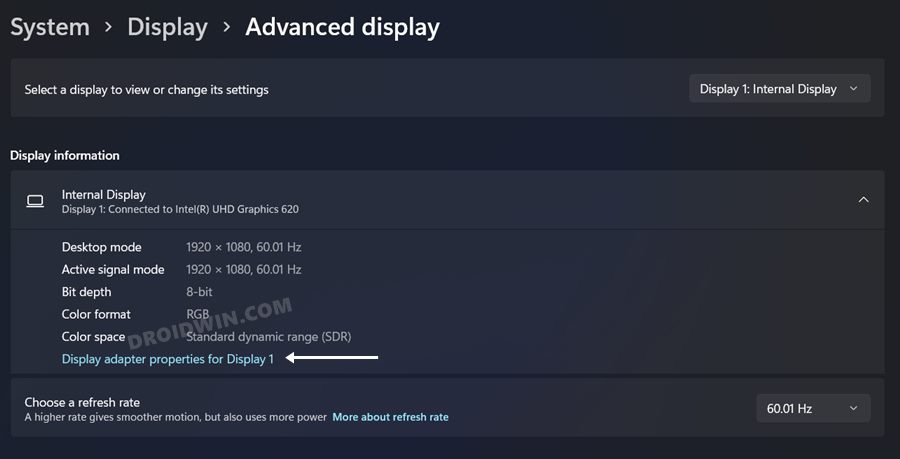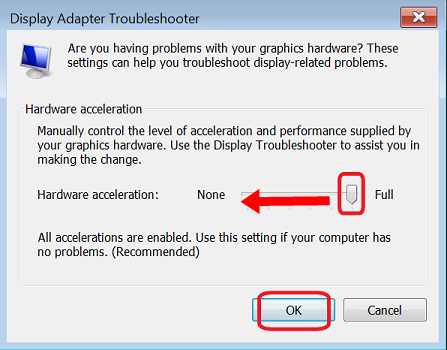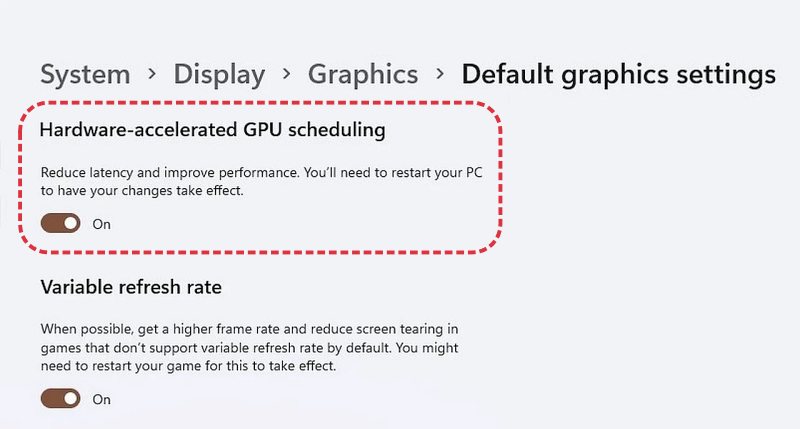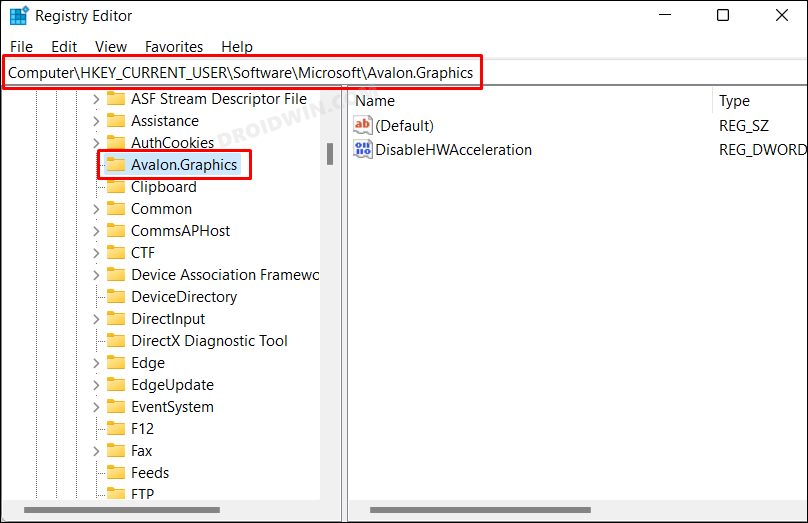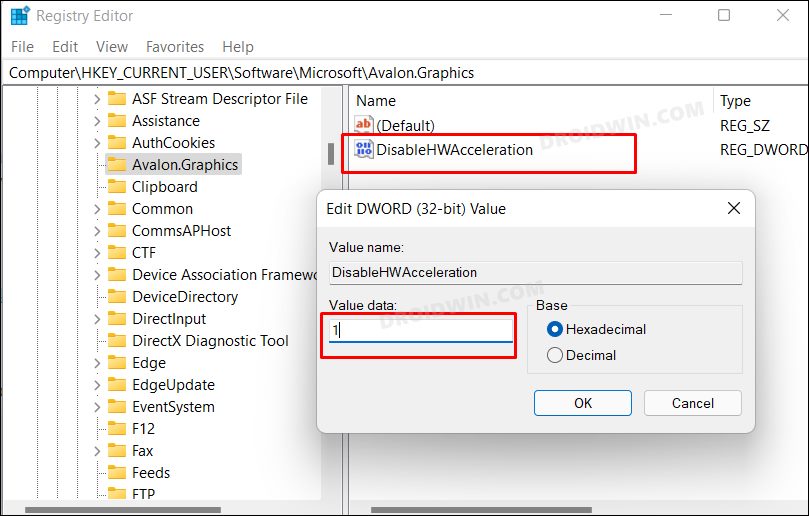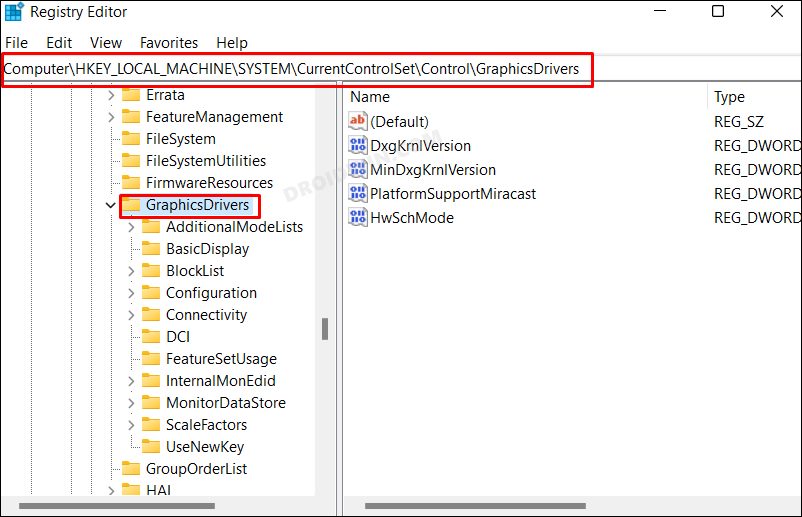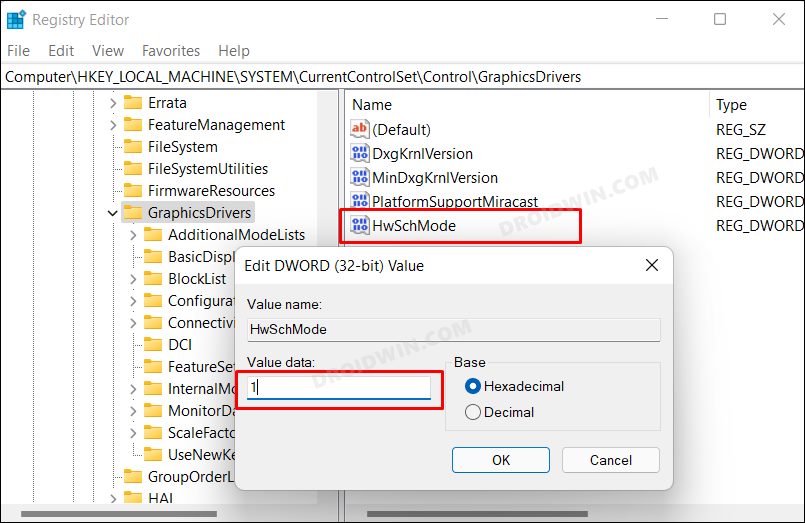All this would then translate to a smooth user experience. However, this functionality has also been known to conflict with the proper running of a few backend system services, such as dxgmms2.sys. You might also get an error message in such cases, which is usually along the lines of SYSTEM_THREAD_EXCEPTION_NOT_HANDLED or DRIVER_IRQL_NOT_LESS_OR_EQUAL. So in all these scenarios, the best bet is to disable Hardware Acceleration on your Windows 11 PC. And in this guide, we will show you how to do just that. Follow along.
How to Disable Hardware Acceleration in Windows 11 [3 Methods]
While there exist three different methods through which you could do this job. The first one is via Display Settings whereas the other two are via Registry Editor. You should try out that method that you had initially used to enable Hardware Acceleration on your Windows 11 PC. So on that note, let’s get started.
Method 1: Via Display Settings
Method 2: Via Registry Editor
Before trying out the below steps, it is recommended to take a registry backup beforehand. Once done, you may then proceed with the instructions:
Method 3: Via Registry Editor
As before, it is recommended to take a registry backup beforehand. Once done, you may then proceed with the below steps: So these were the three different methods to disable Hardware Acceleration in Windows 11. If you have any queries concerning the aforementioned steps, do let us know in the comments. We will get back to you with a solution at the earliest.
Enable and Use Hardware and Devices Troubleshooter in Windows 11How to Enable Local Security Policy secpol.msc in Windows 11 HomeEnable High and Ultimate Performance Power Plan in Windows 11How to Improve Gaming Performance in Windows 11 [15+ Methods]
About Chief Editor


